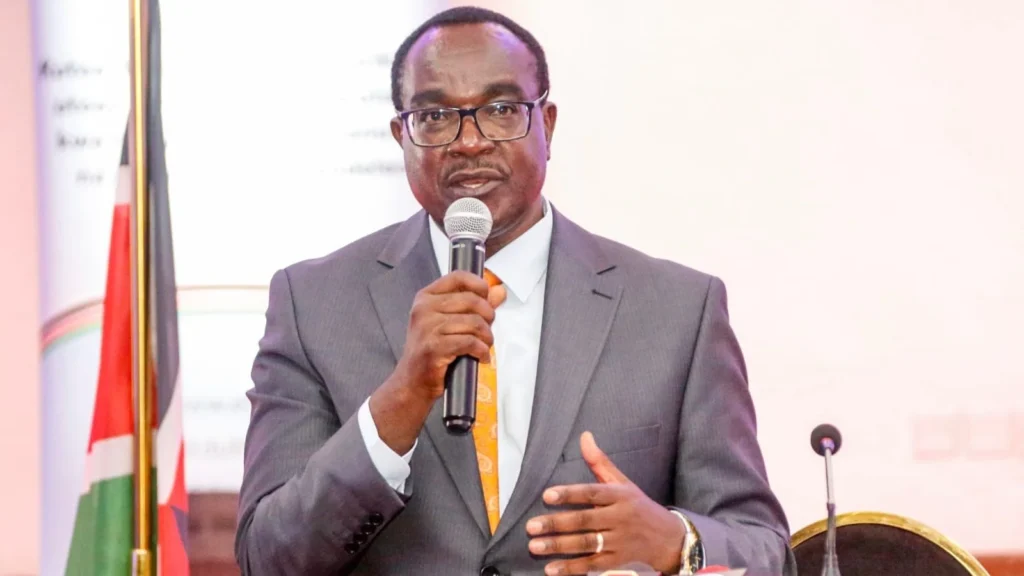Parents and school administrators can breathe a sigh of relief as the government announces the release of Ksh23 billion for schools ahead of the new academic term. Treasury Cabinet Secretary John Mbadi revealed the development during the official launch of the FY 2026/27 and Medium-Term Budget Preparation Process at Kenyatta International Convention Centre (KICC) on Monday, August 25.
Mbadi stated that the release comes following directives from President William Ruto to bridge gaps in school capitation and support higher education funding. “We have not been giving money for capitation for seven years, and under the instruction of the President, we have assessed the gap. We want to ensure that children can go to school and that HELB receives more funds,” Mbadi said.
The government plans to disburse Ksh17 billion immediately, with Ksh5.9 billion earmarked for examination fees. This move comes as a relief to school administrators who have struggled to meet operational costs due to delayed government capitation. According to the Kenya Secondary School Heads Association (KESSHA), the government still owes schools Ksh7.6 billion and Ksh10.6 billion for the first and second terms, respectively.
KESSHA noted that the delays have forced schools into financial strain, often resulting in conflicts with suppliers and the layoff of qualified teachers, ultimately affecting the quality of education. Secondary school capitation in Kenya currently stands at Ksh22,144 per student annually, divided into three tranches: Ksh11,122 in the first term, Ksh6,673 in the second term, and Ksh4,439 in the third term.
The announcement coincides with the recent disbursement by the Higher Education Loans Board (HELB), which released Ksh9.46 billion to over 300,000 tertiary students. The funds, covering Ksh5.76 billion in tuition fees and Ksh3.7 billion for student living costs, are intended to ease financial barriers for higher education. HELB has urged students to check their portals to confirm receipt of the loans and access details of their accounts.
This injection of funds reflects the government’s renewed commitment to address long-standing gaps in the education sector, ensuring that students from primary to tertiary levels receive the necessary financial support for uninterrupted learning.

